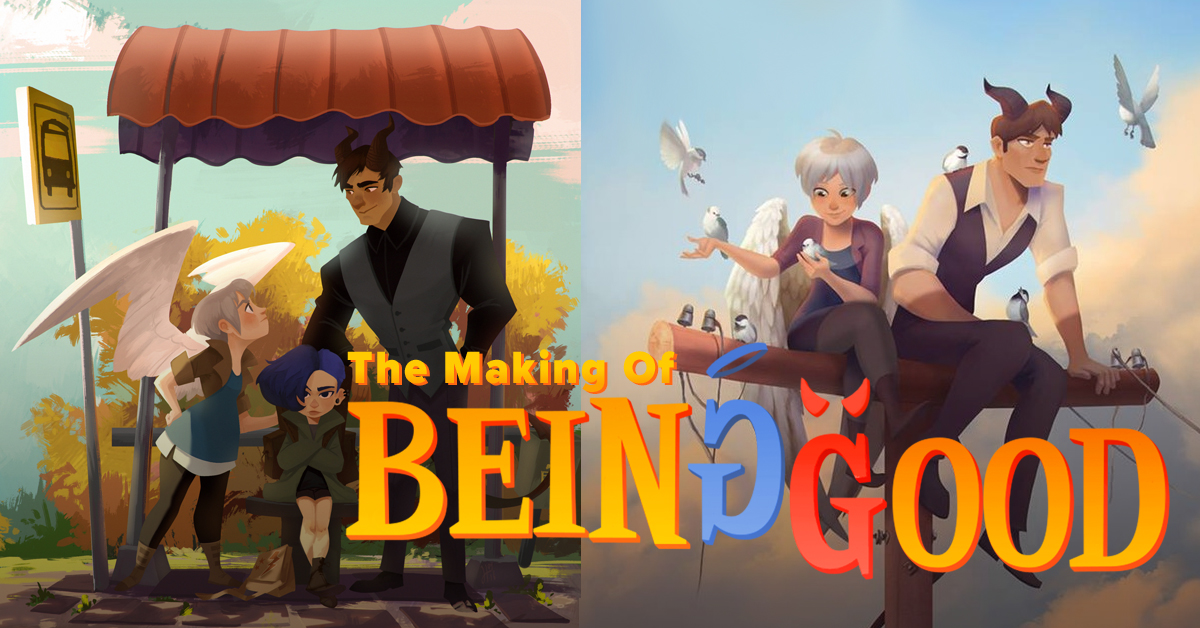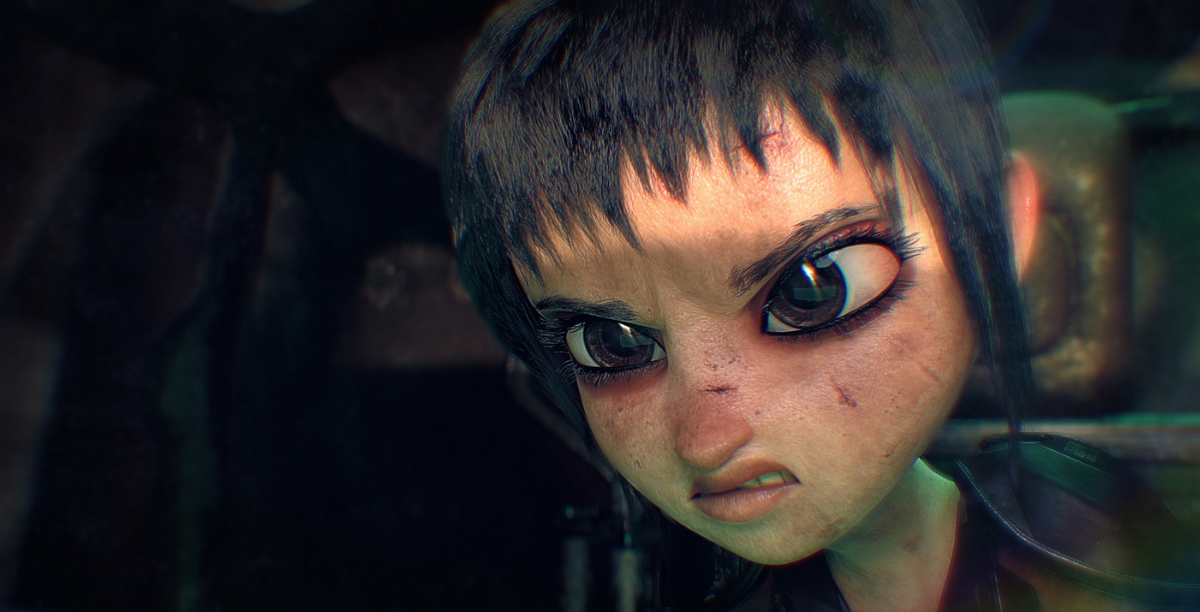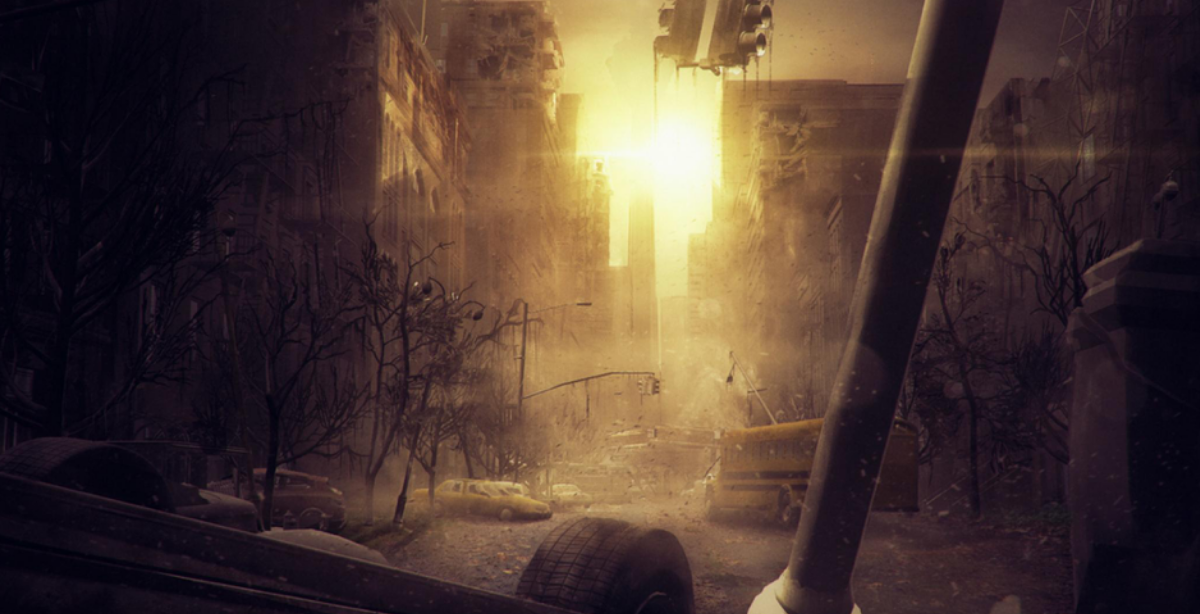We had an opportunity to talk to Jenny Harder, director of “Being Good”, about her finished project in our most recent podcast (above). She shares her story of being a first time director as well as pitching her project to studios such as Netflix and what other filmmakers can do to prepare for these events. She has since gone on to write an article above her experience which goes into a deeper behind the scenes look at the production, assembling a team and more. We hope you enjoy both the podcast and the follow up article (below) so that it may serve you on your journey to becoming an independent creator.
By: Jenny Harder – Director of, “Being Good”
Assembling a Team
Making a film is a joint effort. It’s as simple as that. Without our amazing team Being Good would not exist right now. In our case it was the director’s responsibility to find and “hire” the right people for the project. I started gathering members by reaching out to industry friends at the beginning but when Artella launched and provided a worldwide platform of talent things changed quickly. Not only did the project receive an incredible amount of daily applications, but people responded very positively to being invited to the project. When asked, most applicants said they were inspired by the story, concept art and appealing characters.
At the beginning we felt we had to explain that we were unfunded and some people clearly lost interest because of that, but over time Artella’s purpose became clearer and applicants knew from the start what they were getting into. Being able to search directly for job roles was one of the most helpful features Artella offered. The bigger the team grew the more important it became to have a structured approach, documentation and department supervisors. We tried for a very long time to keep the team small because we believed it would help the team spirit, but we started realising that we were overloading the few people we had. Once we changed our approach and opened Being Good up for more people it was easier to share the workload, especially because everyone involved was working on this in their spare time. It took a lot of pressure off the team, and by increasing communication we managed to keep the same level of team spirit and involvement going.
One thing we quickly realised was that in a production like ours nothing is ever set in stone. Once we finally had a complete animation team we had two people drop out in simulation. And when we finally got two new people on board there, two of our animators dropped out. It was a constant challenge to keep the team balanced. We didn’t want to get too many people involved as we wanted everyone to have enough work and feel passionate about what they were doing. Passing on the “shitty” jobs to one person was not an option. We also had a bunch of amazing people that stuck with us from the very beginning until the very end and a handful of amazing supervisors that dedicated all their spare time to their team while maintaining a full time job. We figured that what kept people going was our honesty in terms of expectations and time commitment. We tried to be as transparent as possible with everyone and not make any false promises. We also respected people having to take more time or stepping away for a few weeks for personal reasons. Our project always felt more like a family relationship than a work relationship. Everything was based on mutual respect, the ability to accept compromises and working things out together. Everyone involved felt like they had a voice and opinion that would be heard which made this project more personal and meaningful for each one of us. In a way this is what many companies seem to be lacking nowadays, especially in a creative industry such as ours.

Some of the “Being Good” crew meeting for the first time in person at the CTNX Expo, November, 2017
Production
From Concept Art to Compositing
It’s been a long journey since the beginning of Being Good. When talking to our team members, most of them express how exciting the process was and how much they learned during the production. A bunch of us are students with little industry experience, some come from games backgrounds and have never made a film before, others are industry veterans that were just excited about this new, refreshing approach in filmmaking. There was a lot to learn and experience for all of us.
At the beginning when we just focused on concept art and modeling, there were few complications and communication in a small group was easy. We stored our assets on Google Drive and communicated via SLACK in a few basic channels. Feedback rounds on 3D models were quick and easy. I worked closely with the three character modellers to make sure to get their characteristics across and give them a matching overall look. It was important to give them the feeling that they came from the same universe in terms of stylization. It took us several tries to get them just right. That also included small parts like noses, ears and eye shapes. The environment had a few iterations on shape language as well, adding swooping, stylized shapes into the props and making them feel appealing. The team wanted to achieve one overall look and working together very closely made this successful.
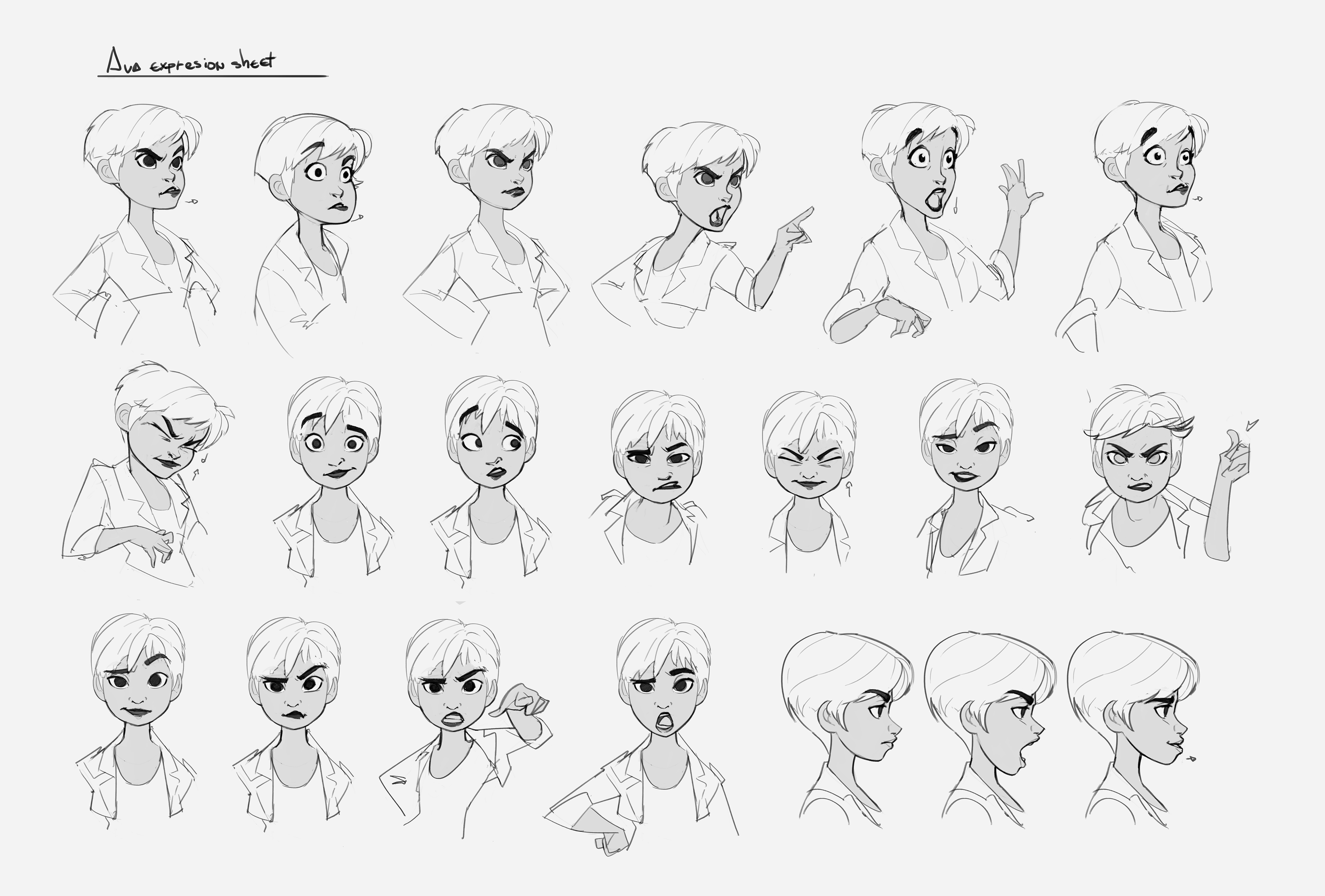
Ava expression sheet, concept art by Iosu Palacios
At that point, we were only using Artella for recruitment purposes. But once we started on shading and referenced rigs things quickly became more complex. It was hard to keep track of asset versions and we realised that we needed a more efficient platform for our project. At that point our pipeline manager Juan Moreno built our own server for us and a Wiki where we could keep track of documentations. It really helped to have categories for software versions, a Who is Who page as well as a general introduction page for new people to explain our way of working. That worked incredibly well for a while until we started getting bigger file sizes and got into the first animation steps.
Our current setup required every member to download the whole project, which became an issue once we had 30GB tree files. It also turned out to be difficult to keep an eye on who was using which asset and from time to time assets were picked up by two people at the same time. That’s when we started thinking about actually using Artella as the virtual studio that it was always meant to be. We were uncertain at first, because Artella was still in beta at that point. But after a long discussion with its founder Bobby Beck, we decided to trust in his vision. We made a complete move of all our assets to Artella. At the beginning we had some expected hiccups, as our members learned to adjust to the new pipeline and way of working. We created a special channel for Artella questions, that was rather busy during the first month but slowly became quiet until it seemed everyone had settled in and was thoroughly enjoying Artella as a platform. Especially helpful was that team members only had to download files they were actually working on and could lock files they were involved with. Bobby and his team were incredibly approachable and helpful and always made sure we had all the support we needed.
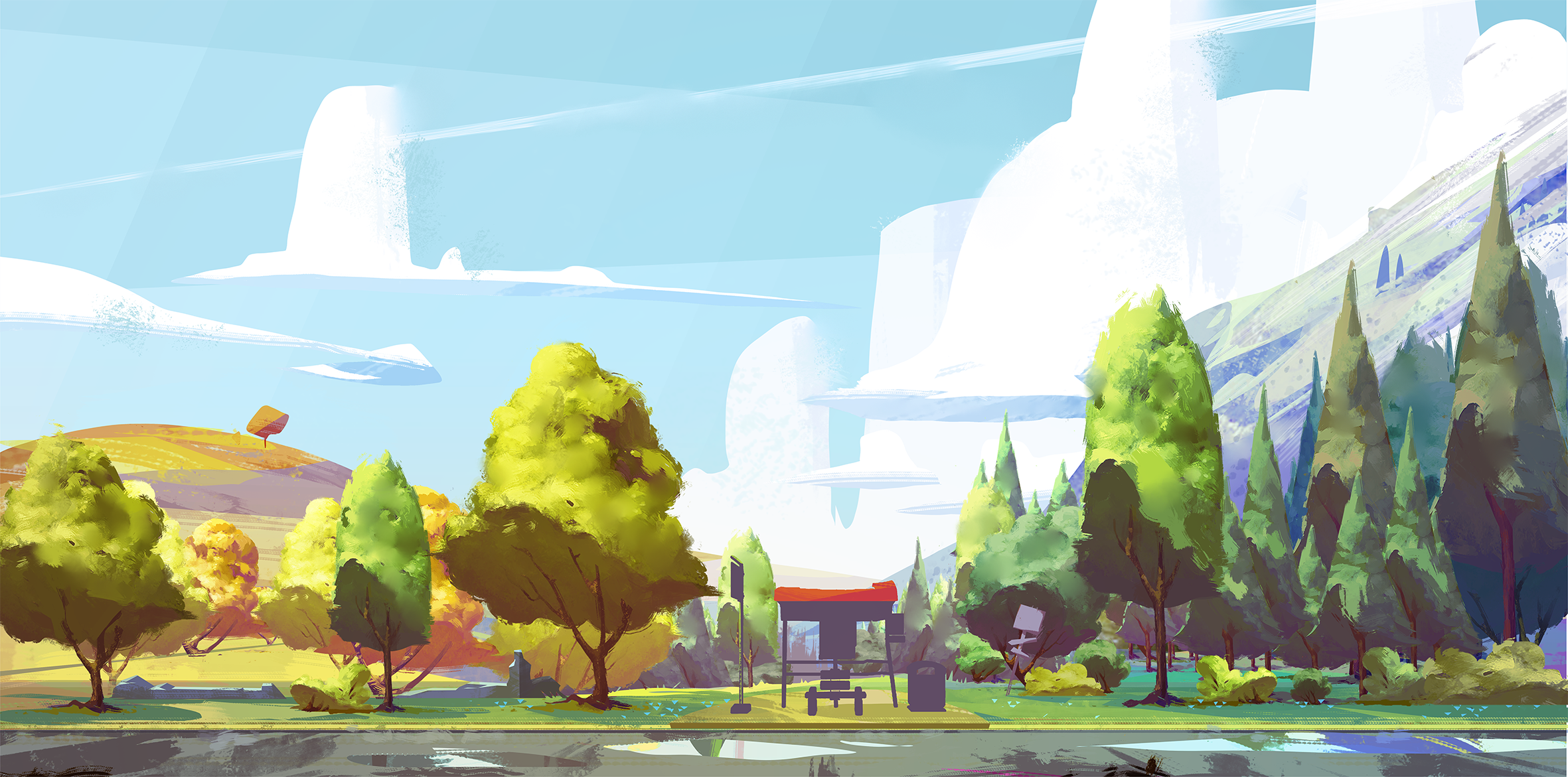
Bus stop, concept art by Iosu Palacios
Once we had the pipeline issues sorted we had enough other things to deal with. To work simultaneously we had agreed to use referenced rigs that would be updated alongside modelling changes. We knew this had certain risks and had a few issues popping up in prior animations after rig updates, but overall this method seemed to be working well for the team. We had a total of five riggers involved over the year, with our lead rigger Juan Diego Lugo being the driving force. At the start we were aiming for fully custom made rigs, but quickly realised it was too time consuming and held back production, so we decided to only have our characters’ faces customised and use an auto-rigger for their bodies. What felt a bit like a setback at first, as we had already spent months building the full rigs, turned out to be a wise decision for the project. Especially because we also had to deal with wings for two characters. Each feather had to be rigged individually and our pigeon needed a complex folding mechanism for the wings to look appealing. It was challenging but exciting work for our riggers who cursed poor Donnie more than once.
In terms of shading, we were lucky to have Juan Antonio Ferrer Melian taking on supervision of all three characters and the shading team. Working closely with me he made sure to give them a unified look and feel. One of our main sponsors, Solid Angle kindly supplied us with the necessary Arnold licenses here. We learned that a simple outreach via mail was often enough to spark someone’s interest and lead to great cooperation. We had similar experiences with Syncsketch and Frame.io who offered us the use of their video review software for free. Both became essential for feedback on animation, simulation and effects later on.
Animation always felt like one of the biggest hurdles to overcome with this project. Having every single animator achieve the same style and level of quality was a real challenge. It was hard and time consuming work with many, many feedback rounds. A typical amount of feedback on frame.io would be between seven and fourteen takes per shot. If it wasn’t for the incredible patience and dedication of our animation supervisor Albert Barba Cunill, we would most certainly not have achieved this.

Embry expression sheet, concept art by Jenny Harder
Albert managed over 20 animators which included a lot of personal feedback rounds as well as problem solving. The main problem wasn’t finding animators – we had over 500 applications in total. We needed animators who could commit to roughly two seconds per week and could reach a certain level of quality on their own. The more skilled the animator was, the less work it meant for Albert to push for our quality aim. We had a bunch of less experienced people who amazed us with their dedication and will to exceed expectations. Some of their shots turned out to be the most beautiful ones in our short. With this level of pressure it was only natural that some members dropped out, realising that they couldn’t commit to the workload. Those were unfortunate but understandable decisions. Overall the animation team was incredibly collaborative, helping each other on shots and communicating really well. We had only little errors during this part of production and truly realised the value of a passionate team.
As we got deeper and deeper into production everything grew increasingly complex and connected. Once we started simulation, there was a lot of back and forth between the simulation team and the animation department, prepping preroll and double checking responsibilities. We had agreed to create realistic hair for the humanoid characters and added feathers for the winged characters using the software XGen. That’s when things became rather chaotic. Xgen turned out to be quite painful to use as it seemed to have pathing issues and caused problems in the lighting pipeline. Going deeper into this would probably take hours, so let’s just say it was pretty damn hard to sort out!
At that point we already knew that unexpected issues were a common “thing” in productions like ours. It didn’t make it easier that we had to communicate those complex issues over big time differences and in a language that wasn’t native to most of us. We had a bunch of dedicated team members working on the issue and again came to realise how valuable everyone’s participation was. Involving Lighting Supervisor Edouard Sisternas, Simulation Supervisor Nikita McKinder and her incredible team as well as pipeline support Juan Moreno and Tomas Poveda got us to the bottom of the issue. The hardest thing was probably to communicate the nature of the issues as it required more and more specialised knowledge. That’s another reason we all agree that having supervisors and specialists for departments or software was a vital part of our successful teamwork. In the end, our simulation team did an amazing job on cloth and hair simulations.
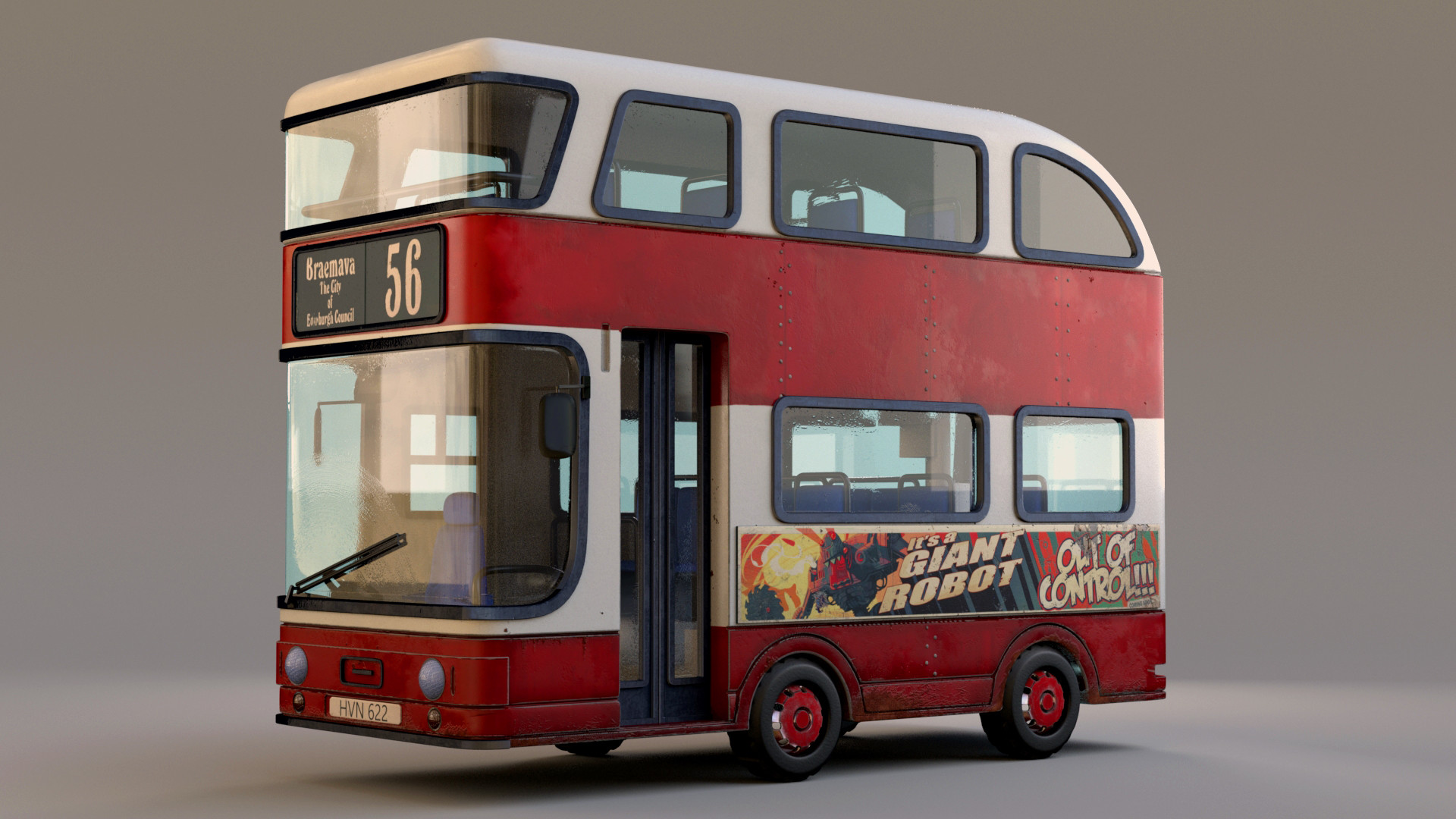
Bus, model by Charlotte Cuvelier, Shading by Nikie Monteleone
We started simultaneously on effects and lighting. Having a small, dedicated effects team was really efficient. From smoke to feathers to magic effects, the guys did fast and stunning work. Again Frame.io was a great tool to showcase and feedback on progress. Artella has a video review tool included now as well, which makes it even more attractive to work with in the future.
When a shot finally made it into lighting, it was up to our supervisor Edouard Sisternas to sort out any remaining hiccups. As one of the last steps in the pipeline, lighting depended heavily on assets and scenes being exported correctly. So all kinds of errors that could have occurred in animation, textures or simulation cache would eventually become visible in the final render of the shot. We had a bunch of things that consistently refused to work for us, like exported hair and grass and certain textures. It was really hard work for Edouard and his team to sort this out and definitely exceeded his responsibility. But looking at this beautiful overview of lighting shots we can’t say enough that his involvement truly made this film as stunning as it is today.
And Finally …
Being Good has been an incredible journey for all of us. One of our supporters recently congratulated us on “being a part of a paradigm shift in filmmaking”. What we have achieved with our resources and passion is a stunning success. It was incredible to see how many positive responses and how much support our project attracted. We were featured at Siggraph, IFCC and got sponsored articles on Artstation and Sketchfab. A lot of people reached out asking how we managed to find the talent, keep them on board and build a functional pipeline from scratch. It got us thinking about the exact same thing and wondering what we might have done right to achieve this. Is there a magical formula or a certain set of skills that is necessary to bring a project like this to a successful end? We found that a lot of our passion came from feeling involved, caring for the characters and our team members. The vision of being part of something great and beautiful kept most people on board until the end. Also – and this can’t be said enough – communication was key to our connection and eventual success. In the end we had the feeling that this film wasn’t just an achievement as a piece of art but also as proof that there are other means for filmmaking nowadays. The industry is constantly evolving and changing and we feel like we were a part of this – a new exciting era where films don’t have to be produced in studios but can evolve out of collaborations like ours. We are excited to see what the future holds and are proud of the little steps we have taken towards it.
QUOTES:
Being Good may be a peek into the future of filmmaking. A collection of talented and committed artists from a variety of disciplines have come together from all corners of the world to bring this passion project to life. They have each listened to their inner voice and together are creating a beautifully illustrative movie about doing just that. It’s been an exciting project to follow and I so look forward to seeing the final film.
– Christian Alzmann, Art Director at ILM
I absolutely love how the team consists of people from all over the world, from different cultures and backgrounds and different experiences in the industry, and how Artella has been this fantastic platform to join everyone together that I wouldn’t have seen as possible a couple years back. I can’t wait to see the final “Being Good” short, with everyone’s hard work complete!
– Nikita McKinder, Simulation Supervisor
Being Good is an amazing project I feel lucky to have worked on. The crew is incredibly talented and I was inspired by their work throughout. Being able to create an animated short of this quality independently is such an achievement and I am very excited for the world to see it.
– Laura Hohman, Character Shader
My time working on the project was sparse at times, but I am incredibly proud of the work that has been done. And I am proud of Jenny for pushing forward her vision and coordinating so many people. I’m glad we live in a day and age when this can happen, where strangers from around the world can come together and tell a story
– Juan Diego Lugo, Lead Rigger
The short ‘Being Good’ for sure was a challenging project. As a Character FX Artist I had to step away from my comfort zone and bring out my technical side. Being new to Xgen, a lot of R&D was done at the beginning whilst developing the hair rig setup. Something that seemed straight forward would become a struggle when testing it within the Artella pipeline. Lucky we had amazing TD’s within the team that made this happen. The teamwork in this project is something that I really appreciate and I’m glad that I was accepted to be a part of the team.
– Mandy Li, Character FX Artist
Artella is a new platform for everyone so that’s a huge hurdle to get over. It leaves a lot more room for human error. Time zones and language barriers are also obvious hurdles, but for this particular part of the pipeline I would say there isn’t really a “right way” to build a set. There’s only the best way for you and your team’s particular project. Trying to find that way takes tons of trial and error, research and development and, most of all, patience. It isn’t so much the “how are we going to get this done?” but the “how are you going to do that part you do so well and have it fit into the pipeline with a bunch of people you have never worked with before (and who are halfway around the world!)?” There are tons of talented people on this project but we are all used to working a certain way. It’s putting egos aside and sharing a similar goal of making something beautiful to share with the world
– Nikie Monteleone, Shading & Simulation TD
Being Good has turned into one of the most beautiful personal and professional experiences I’ve had so far. It has been a long journey since I first received Jenny’s email. She was asking me to join the team. Her sympathy, the energy, and the faith she had for the project were keys to convince me to accept the challenge.
It’s always hard to jump into something like this since there’s a lot of sacrifices and responsibilities on the table. You must always keep the motivation and faith up during the whole process. Thankfully, all the people involved in the project became really helpful in making this journey much easier. We were breathing enthusiasm every second. Can you imagine creating something new from scratch with people all around the world? I mean, working from all different countries at the same time? This is insane! This totally kept us hungry until the end. Everybody was doing their best, and that was really motivating for all of us.
That’s why this experience has totally exceeded my expectations. Since the beginning, I’ve learned from really talented people, I’ve participated in many different creative processes, I’ve met a lot of new friends from different countries, I’ve been struggling along with my colleagues to find solutions to a lot of issues with really cool ideas. I feel grateful, but most of all, I feel proud of what we’ve done together. This just confirms for me something I always truly believed in: You only need love, passion, and perseverance to make any dream come true.
I hope you enjoy this little story as much as I did working on it.
– Albert Barba Cunill, Animation Supervisor
